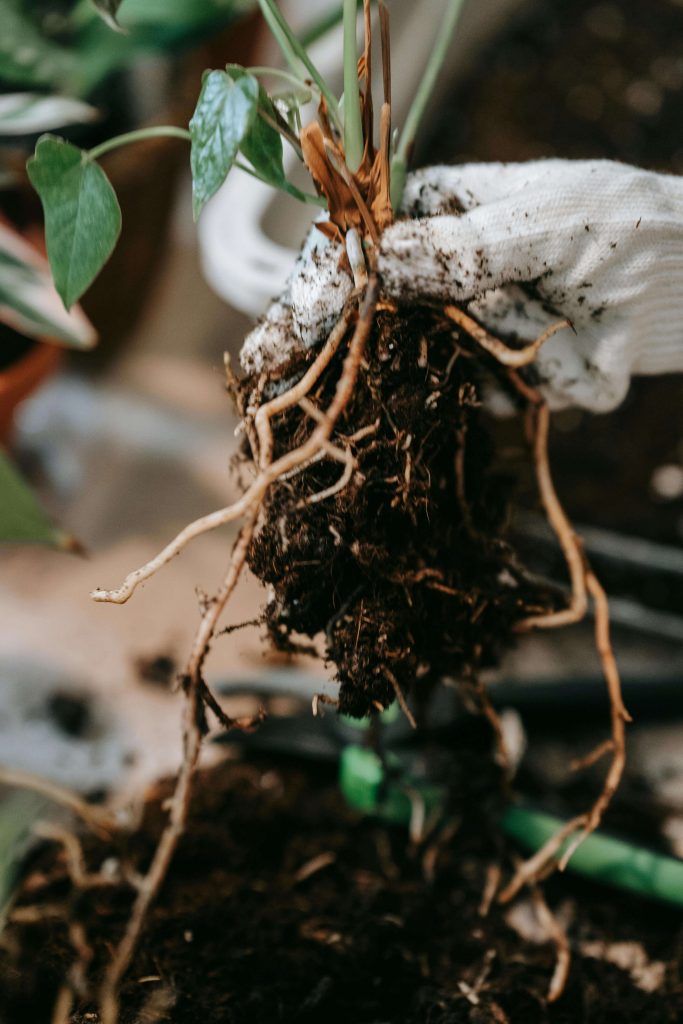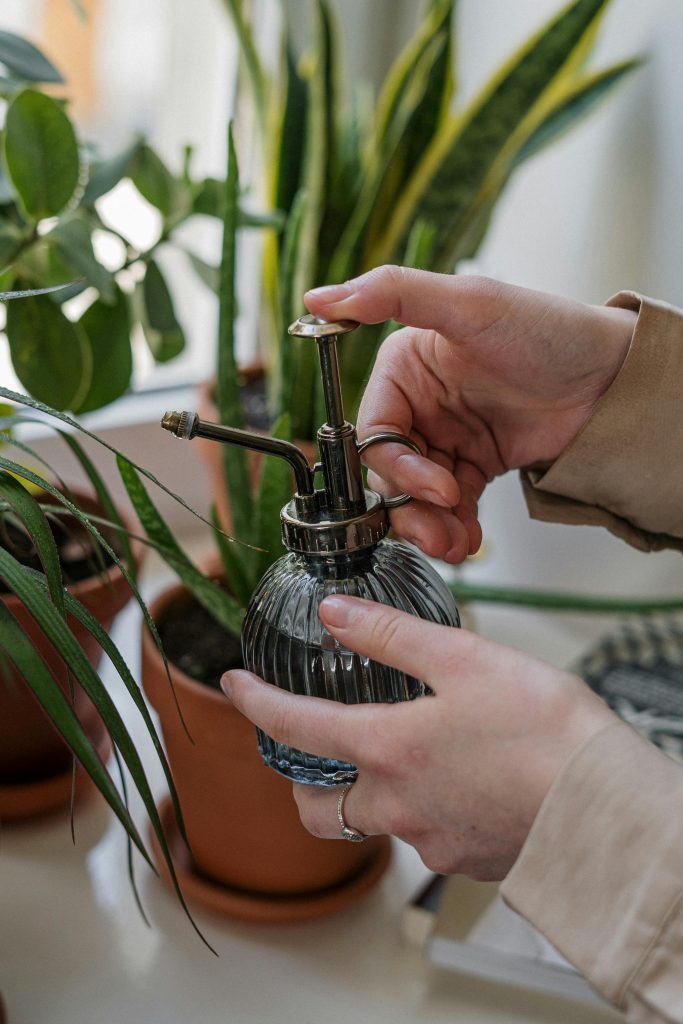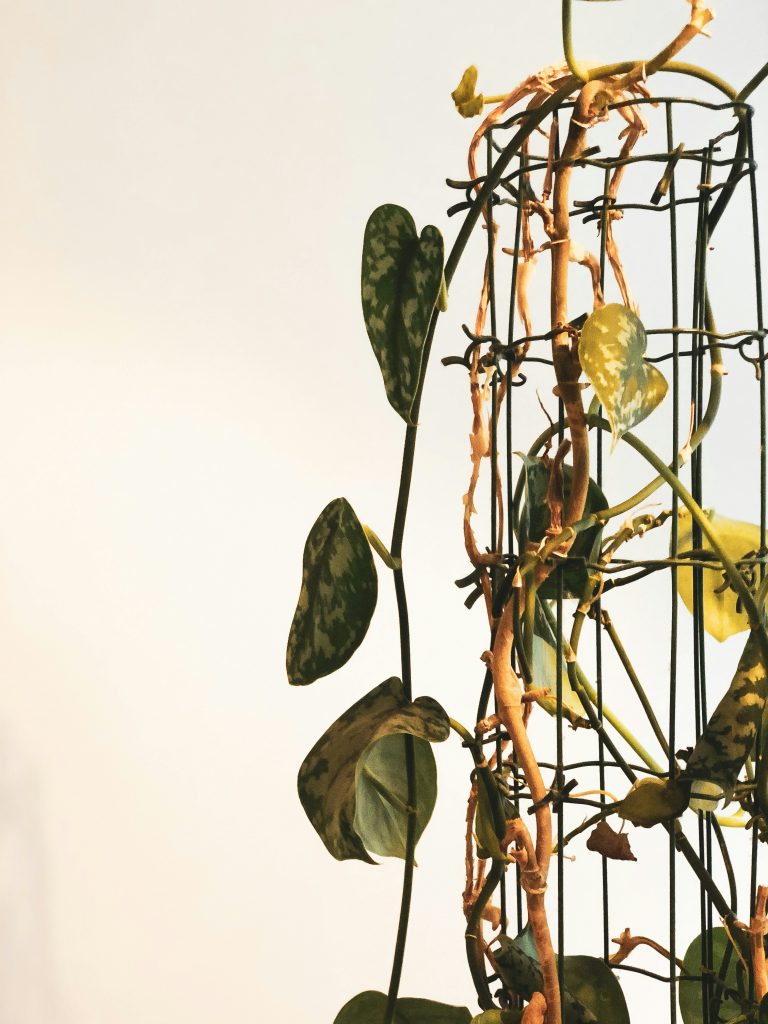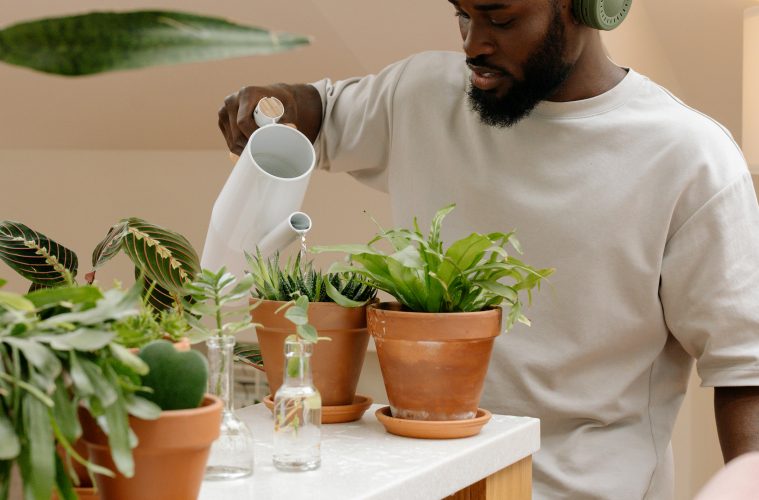Keeping your houseplants healthy starts with proper watering. While giving your plants a drink might seem straightforward, overwatering is one of the most common mistakes plant owners make.
Too much moisture can lead to yellowing leaves, root rot, and even plant death. Here’s how to ensure your plants get just the right amount of water without overdoing it.
Know your plant’s needs
Every plant is different when it comes to watering. Some, like succulents, prefer dry conditions, while others, like ferns, need consistently moist soil. Research your specific plant’s watering requirements and adjust your routine accordingly.
Check the soil before watering
Before reaching for the watering can, check if your plant actually needs water. Insert your finger about two centimeters into the soil—if it feels dry, it’s time to water. If it’s still moist, hold off for a few more days. A moisture meter can also help take the guesswork out of watering.

Image: Pexels
Water the right way
Instead of giving your plant small sips of water frequently, water deeply but less often. This encourages strong root growth. The best method is to water until excess drains from the bottom of the pot, ensuring the roots get enough moisture without sitting in water.
Adjust for seasonal changes
Plants need less water in cooler months when growth slows down. In summer, when they’re actively growing, they’ll likely need more. Monitor soil moisture regularly and adjust your watering habits with the seasons.

Image: Pexels
Use the right pot and soil
Choosing the right pot can make a big difference. Always opt for pots with drainage holes to allow excess water to escape. The type of soil matters too—plants like succulents and cacti need fast-draining soil, while tropical plants prefer richer, moisture-retentive mixes.
Repotting every year or two with fresh soil can also help prevent waterlogging.
Watch for signs of overwatering
Yellowing leaves, moldy soil, a musty smell, or tiny flying insects around your plant are all signs that you might be overwatering. If you notice any of these, hold off on watering and check the roots—if they’re mushy or blackened, you may need to trim them and repot your plant in fresh soil.

Image: Unsplash
Give your plants room to breathe
Plants need oxygen just as much as water. Proper airflow around the roots helps prevent rot. Using pots with drainage holes, well-draining soil, and allowing the soil to dry slightly between waterings can keep your plant happy and healthy.
By following these simple steps, you can avoid overwatering and keep your houseplants thriving. A little attention and the right watering habits will go a long way in ensuring your indoor garden stays lush and beautiful.
ALSO SEE: UNIQUE HOUSEPLANTS FOR A ONE-OF-A-KIND COLLECTION
Image: Pexels


